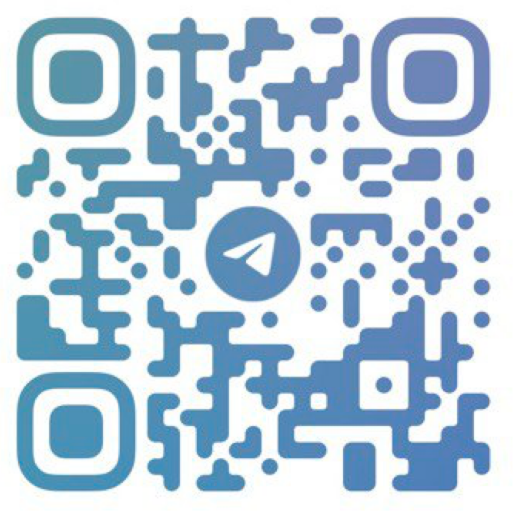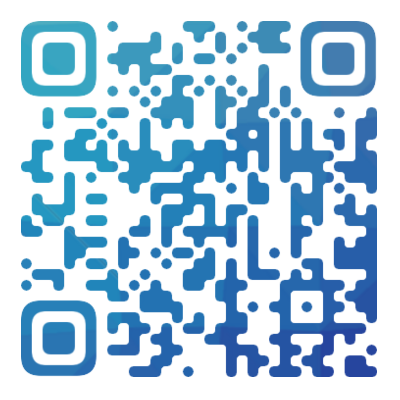










OrdiScan Translation site
OrdiScan helps you discover ordinal numbers and inscriptions on Bitcoin. Search and browse digital artifacts, NFT collectibles, .sats names, and more
Tags:20 smart contracts Blockchain blockchain tools mint inscription ORC-20 Tokens ORC20OrdiScan | What Is A Bitcoin Ordinal Explorer? - CoinNav.io

What exactly is a block explorer?
A block explorer serves as a web-based instrument that grants users access to examine and navigate the contents enshrined within a blockchain. Its functionality encompasses presenting users with an all-encompassing perspective of the blockchain's intricacies, encapsulating pertinent details concerning transactions, addresses, blocks, and the overarching network activity.
Commonly, block explorers manifest as open-source software tools, accessible to anyone keen on delving into insights specific to a particular blockchain. These exploratory tools extract information directly from the blockchain, utilizing Bitcoin as an illustrative example, and subsequently organize and showcase it in a manner that is more comprehensible and user-friendly.
Conceive a block explorer akin to a specialized search engine dedicated solely to Bitcoin-related data. It scours through the chain's data and readily furnishes you with instantaneous outcomes tailored to your individual interests.
Your Go-To Source for the Latest News and Tools in the Blockchain Sector - Coinnav.io
The Importance of a Blockchain Explorer
A blockchain explorer stands as a valuable instrument for individuals engaged with cryptocurrencies based on blockchain technology. Below are outlined reasons elucidating the necessity of a blockchain explorer:
Transaction Status Verification - Blockchain explorers facilitate the verification of transaction statuses, encompassing confirmations and associated fees.
Address Monitoring - The capability to monitor addresses on the blockchain, examining balance details and transaction histories, becomes attainable through blockchain explorers.
Network Activity Validation - Real-time insights into network activity, comprising hash rate, difficulty levels, and the count of active nodes, are provided by blockchain explorers, ensuring the ability to validate network health.
Comprehensive Blockchain Analysis - Blockchain explorers empower users to undertake thorough analyses of the entire blockchain. This extends to the exploration of individual blocks, transactions, and diverse network data elements.
Utilizing a Blockchain Explorer
Upon visiting a blockchain explorer website, you'll usually encounter a primary search bar designed to facilitate information retrieval. This search bar commonly accommodates queries related to wallet addresses, transaction hashes, and block numbers, although the specifics might differ across various explorers.
Some blockchain explorers have gone a step further by establishing distinct categories for exploration, such as ordinal and inscription data. Within these explorers, you can delve into transactions associated with specific text inscriptions or employ an ordinal serial number as a reference point for your search.
What information is available in an ordinal explorer?
- Block Number.
- Transaction ID (TXID).
- OrdinalID/Satoshi file attached.
- Inscription Number.
- Bitcoin Address.
- File Type.
- Block Size.
- Block Height.
- Transaction Fee.
- Timestamp.
- Preview of the Inscribed File (when applicable).
Why Have Dedicated Block Explorers for Ordinals and Inscriptions?
Ordinals and inscriptions represent optional data within the Bitcoin blockchain, bearing no critical impact on its operational framework. Consequently, those uninterested in this specific data can conveniently disregard it, as some explorers have already chosen to do so. While this information is retained on-chain, conventional explorers do not actively seek to organize or present this data in a coherent manner.
The introduction of Ordinal and Inscription blockchains stems from the desire to extract and curate data from the Bitcoin blockchain. This is achieved by integrating the Ordinals protocol, enabling the identification of Ordinals and inscription-related data such as distinctive IDs and associated file details. This extracted data is then relayed to dedicated explorers, granting users seamless access.
The existence of these separate block explorers can be attributed to several factors:
- Distinctive Attributes: Ordinals and inscriptions come with their distinct set of attributes and data, necessitating a tailored approach to tracking and exhibition.
- Specialized Information: The nature of data tied to ordinals and inscriptions differentiates it from generic blockchain content. Explorers tailored for these NFTs can effectively exhibit unique insights in a more coherent manner.
- NFT Marketplaces: Ordinals and inscriptions often find themselves bought and sold on NFT marketplaces. Explorers aligned with these transactions can offer valuable insights into marketplace dynamics, including bids and offers.
- Ordinal and Inscription Wallets: Analogous to conventional Bitcoin wallets that provide access to block explorers for reviewing transaction data, wallets designed for Ordinals and Inscriptions have emerged. These specialized wallets enable users to oversee their "assets" and peruse on-chain data via custom explorers.
In essence, dedicated block explorers for Ordinals and Inscriptions cater to the unique characteristics of this data, ensuring meaningful presentation, insights into NFT marketplaces, and streamlined access for users through specialized wallets.
Factors to Consider When Utilizing Ordinal Explorers
While these tools offer valuable insights to those intrigued by this data realm, there are several crucial aspects to take into account before delving into the use of ordinals or a public block explorer catering to this dataset.
- Compromised Privacy: With the incorporation of unique data and serial numbers through ordinals and inscriptions, preserving privacy becomes a tougher endeavor. This is owing to the tendency to hold onto these identifiers. Consequently, there's a heightened risk of inadvertently revealing your on-chain wallet's identity, and unlike a Bitcoin UTXO, achieving forward privacy becomes unfeasible.
- Dependency on Third-Party Data Relay: Unlike a direct interaction with the blockchain via a node, employing ordinals involves reliance on a block explorer to furnish accurate data. The legitimacy of the data is contingent on the explorer's veracity, introducing an element of trust in the relayed information.
- Mutable Nature of Websites: While blockchain data enjoys immutability, the same assurance doesn't extend to websites. Even if a block explorer operates with honorable intentions, it remains susceptible to hacking or replication. This implies that an individual might inadvertently navigate to a counterfeit site, leading to the exposure of erroneous data or the extraction of crucial information.
- Amplified Data Traces: Most users who engage with a block explorer intend to scrutinize their personal transactions. Paradoxically, this act translates into divulging their IP addresses and Bitcoin public addresses or transaction IDs to third-party entities. Such actions inadvertently contribute to an expanded digital footprint, thereby potentially compromising their anonymity.
In essence, while ordinal explorers present an invaluable resource, individuals must judiciously evaluate the trade-offs in terms of privacy, data reliability, and cybersecurity before integrating them into their blockchain interactions.







